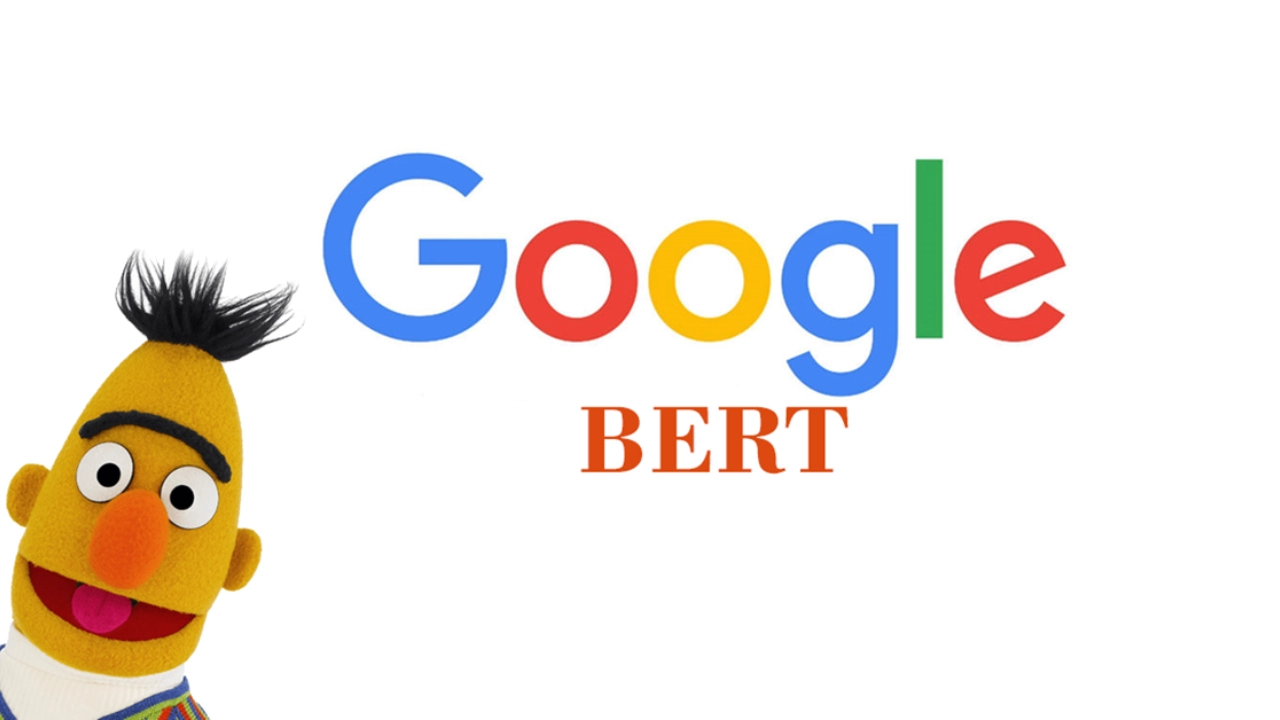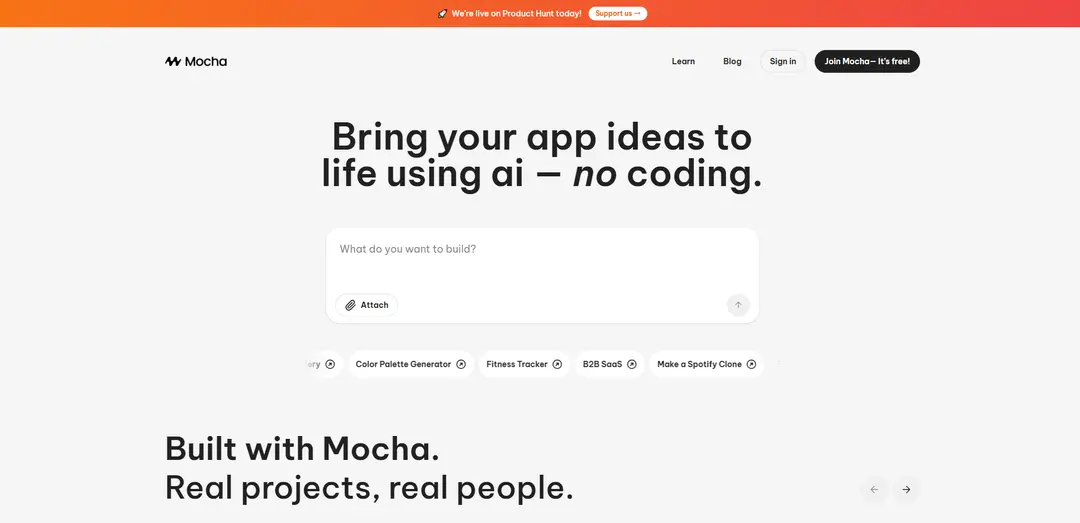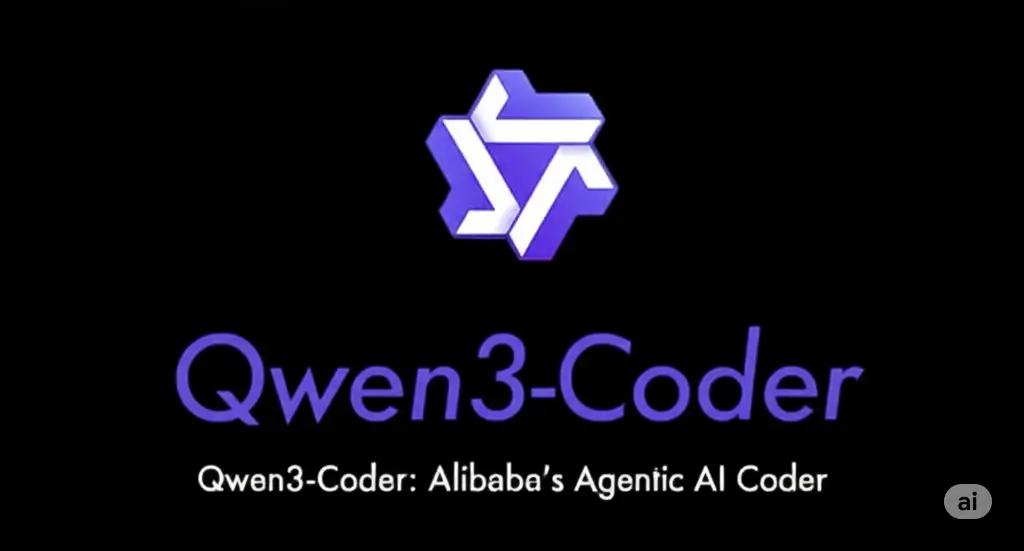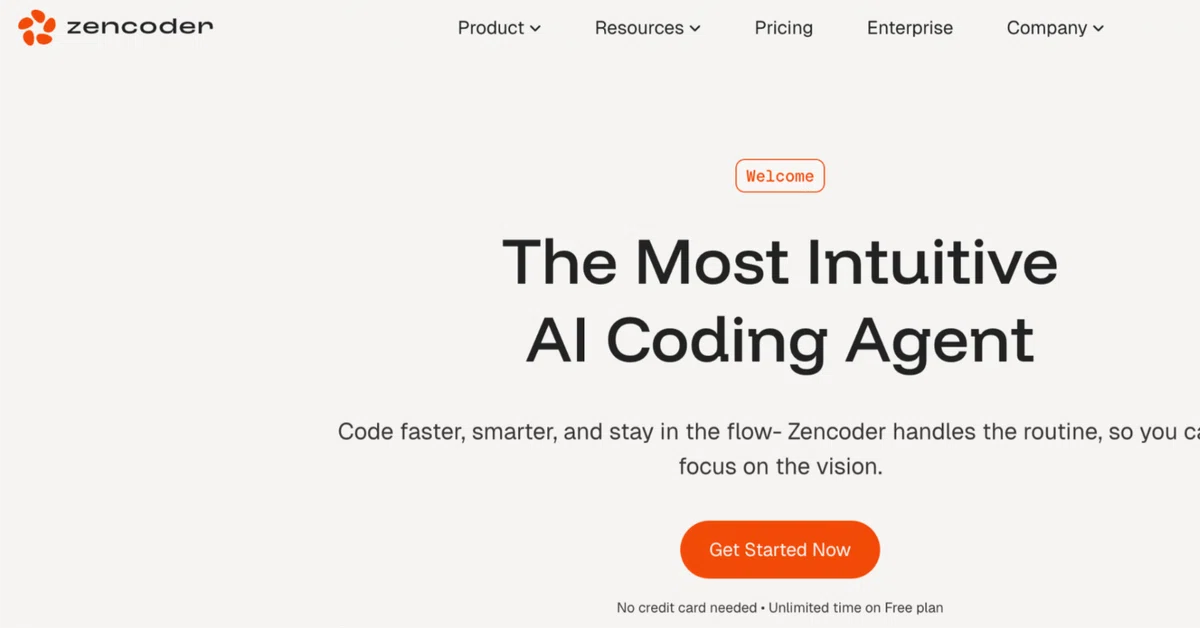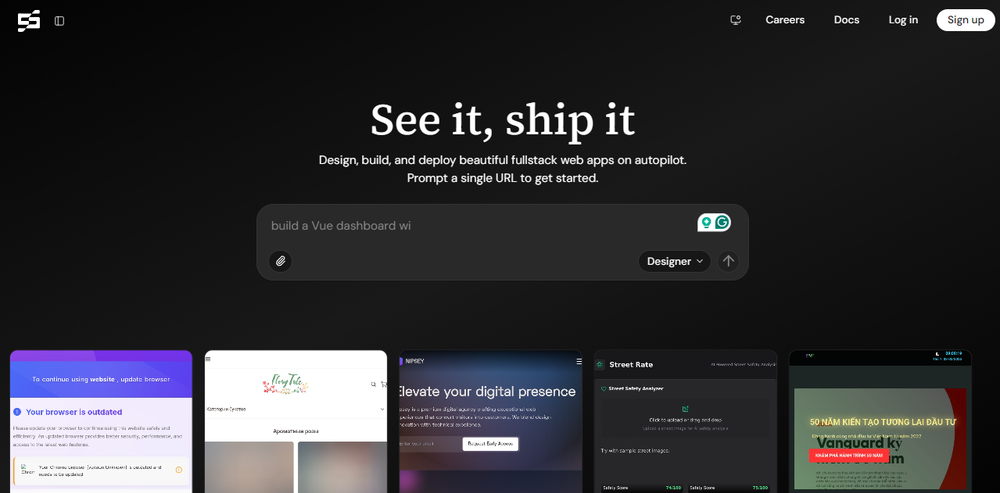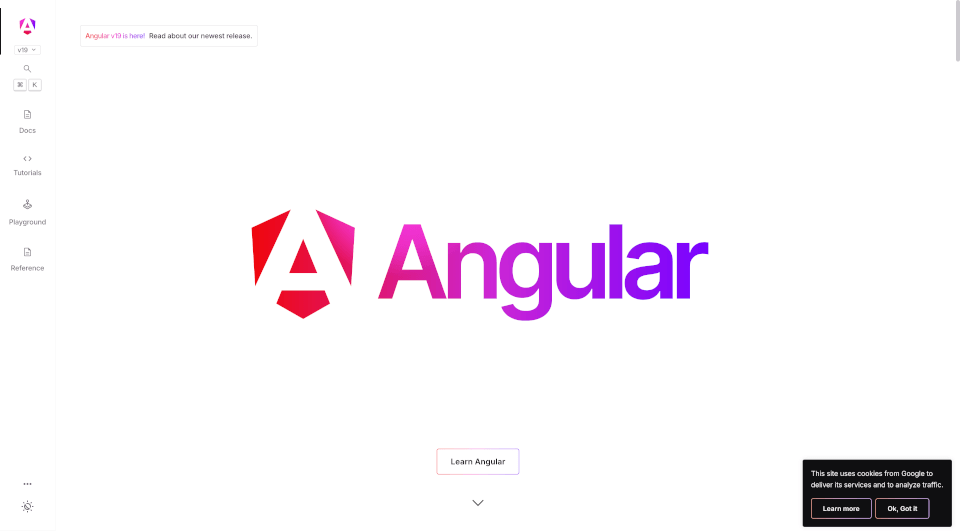BERT, which stands for Bidirectional Encoder Representations from Transformers, is a Machine Learning (ML) model designed for natural language processing (NLP). Developed by researchers at Google AI Language in 2018, BERT has become a versatile solution for a wide range of language tasks. Unlike traditional models, BERT comprehensively learns contextual word representations bidirectionally.
This capability allows BERT to grasp semantic and syntactic nuances by considering both preceding and following words, thereby enhancing its understanding of language structure and meaning. The key innovation of BERT lies in its ability to be fine-tuned for specific NLP tasks.
By adding task-specific layers on top of its pre-trained model, BERT adapts its learned representations to excel in tasks such as text classification, question answering, and named entity recognition. This fine-tuning process leverages BERT’s deep contextual understanding, consistently delivering state-of-the-art results across various benchmarks in natural language understanding and generation.
BERT’s success has spurred advancements in NLP, leading to the development of diverse variants and extensions. These adaptations further expand BERT’s capabilities and applications, reinforcing its position as a cornerstone technology in advancing the boundaries of language understanding and processing.
